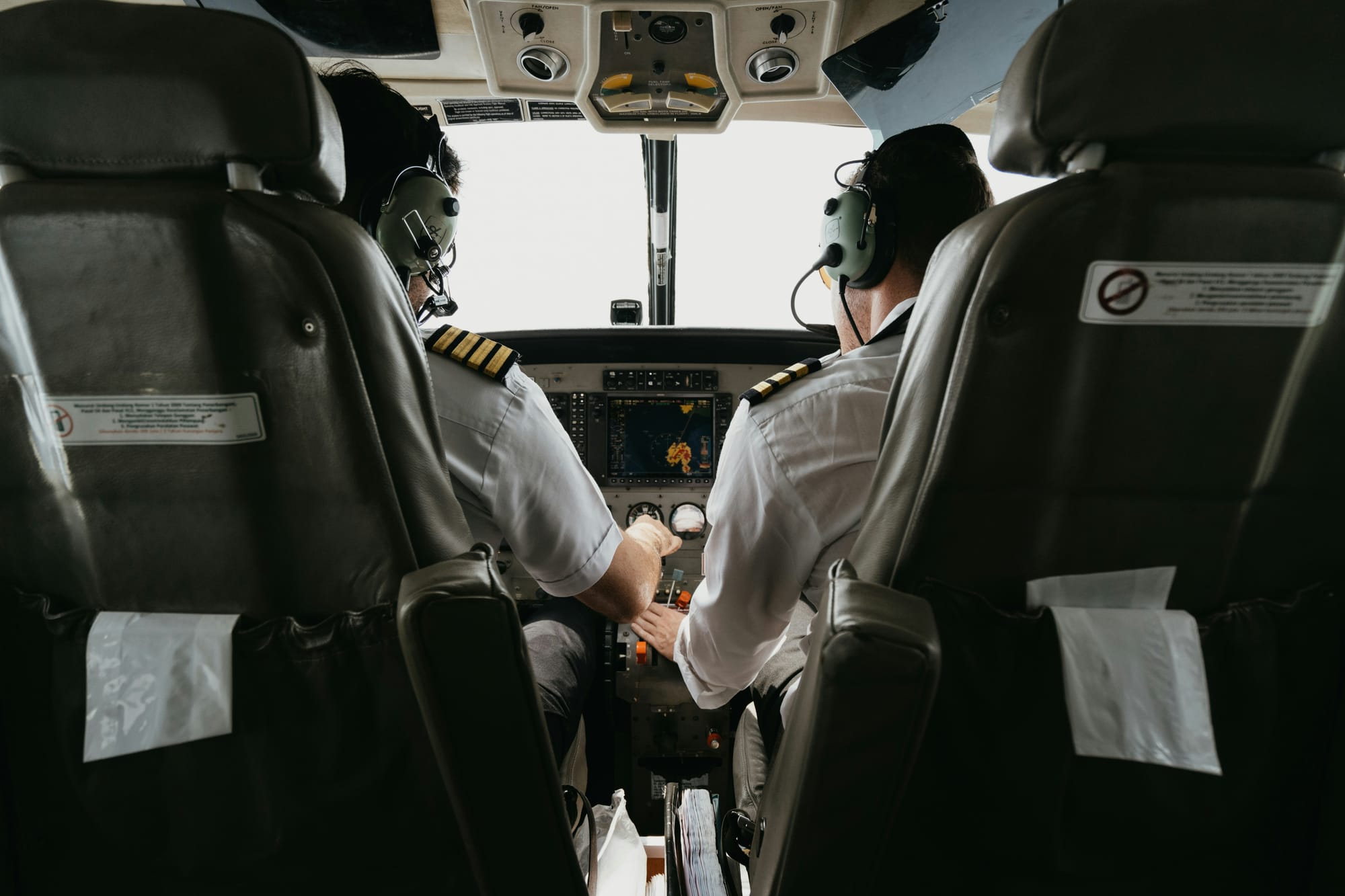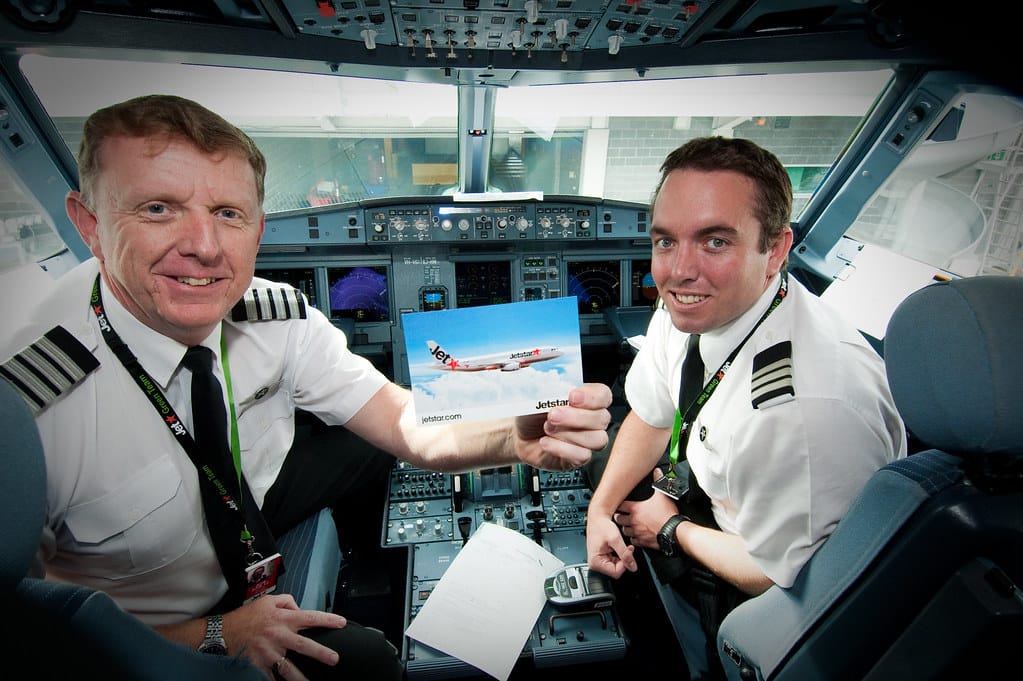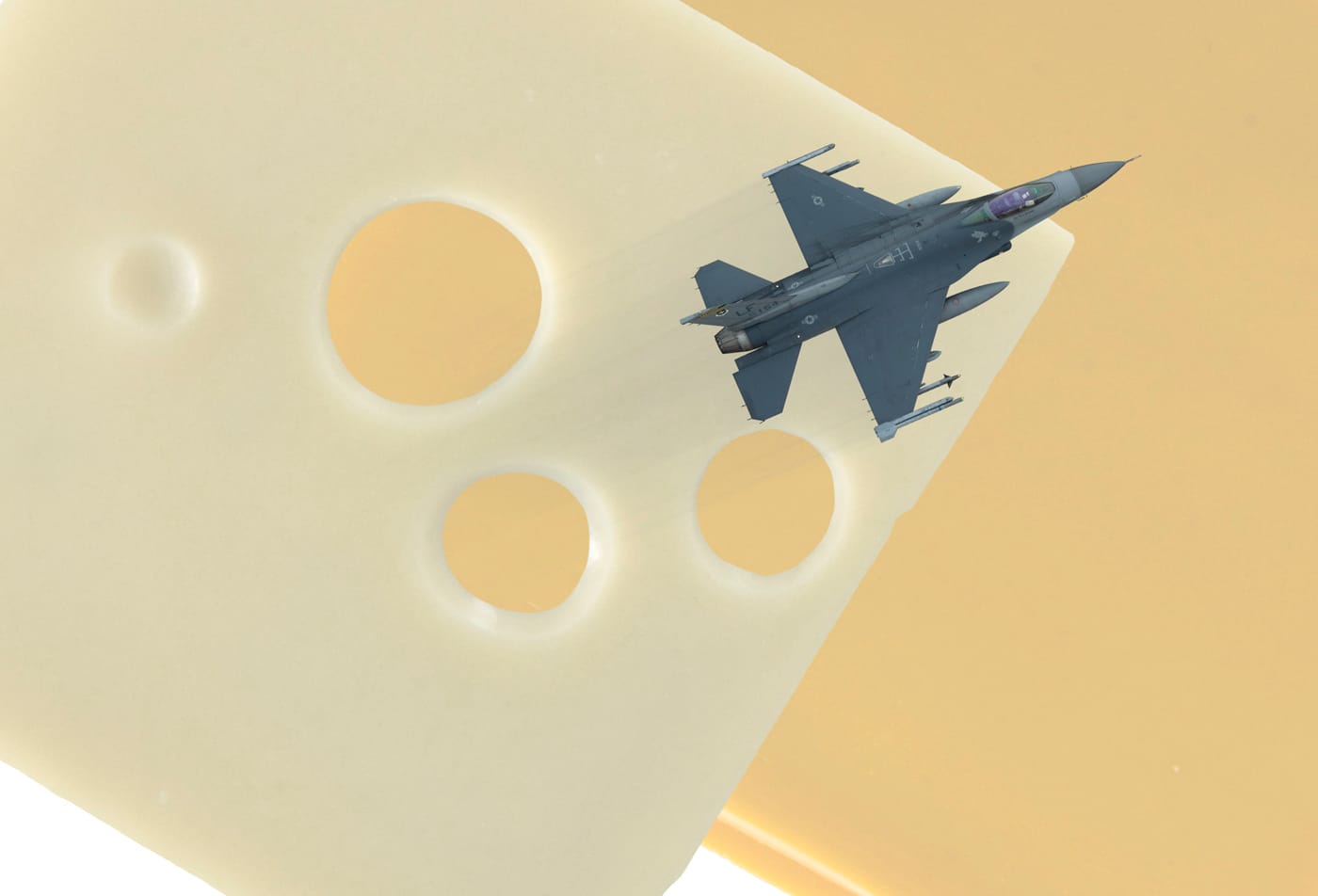Why Do You Always Board an Airplane from the Left Side?
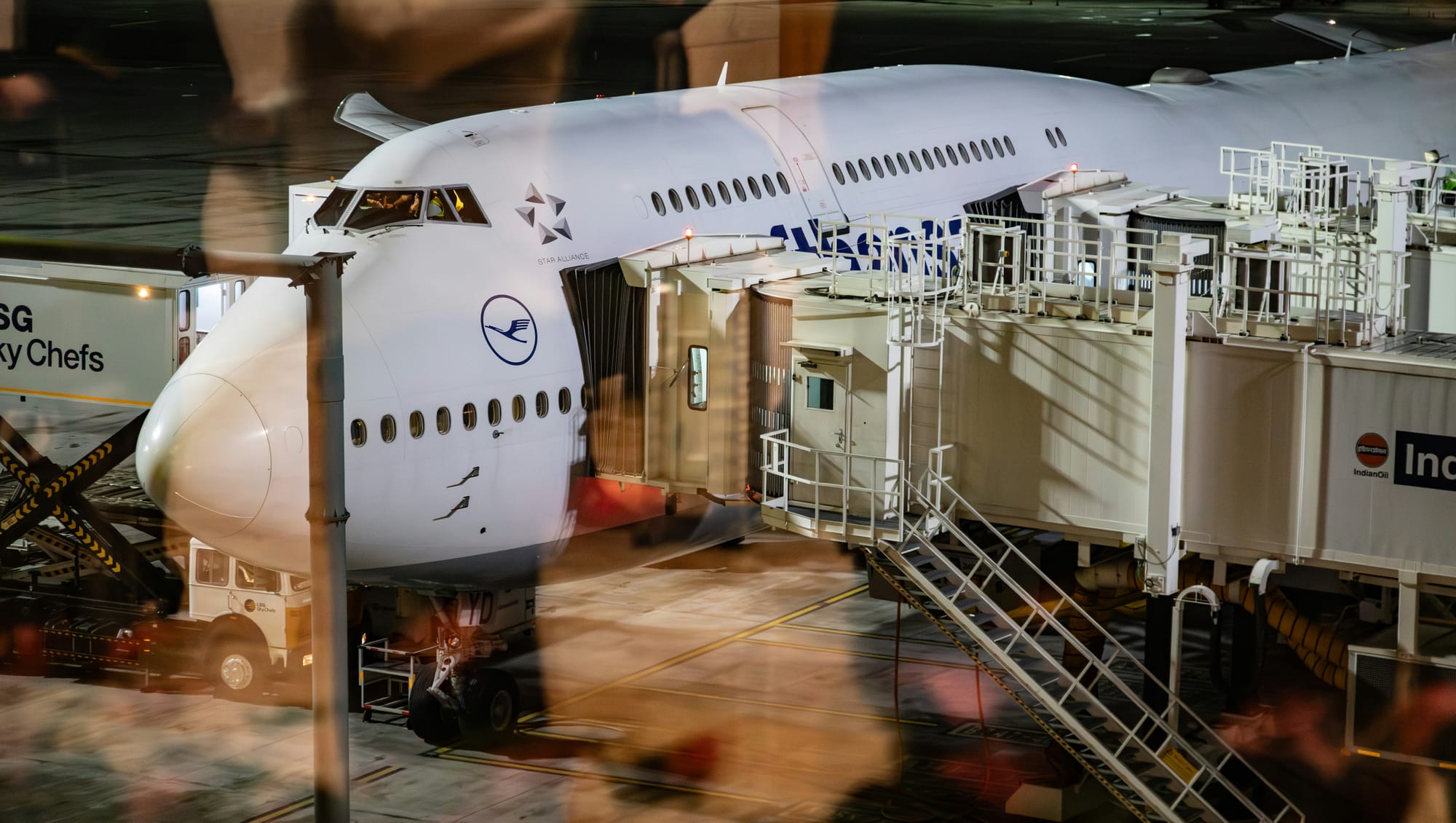
Air travel has become a routine part of modern life, yet many aspects of the process go unnoticed. One such element is the long-standing tradition of boarding an airplane from the left side. Whether it’s a large commercial jet or a small private aircraft, passengers nearly always enter through the door located on the left-hand side. This practice might seem arbitrary, but it is deeply rooted in both aviation safety standards and practical design considerations.
Historical Roots in Naval Tradition

The origin of left-side boarding can be traced back to naval history. Ships have traditionally docked on the port side (left side) to allow for easy loading and unloading of cargo. This was partly because most sailors were right-handed, making it easier to throw or secure ropes on the port side. When aircraft became more widely used, early designers and engineers adopted many practices from ships, including the custom of left-side access for passengers.
Standardization for Safety
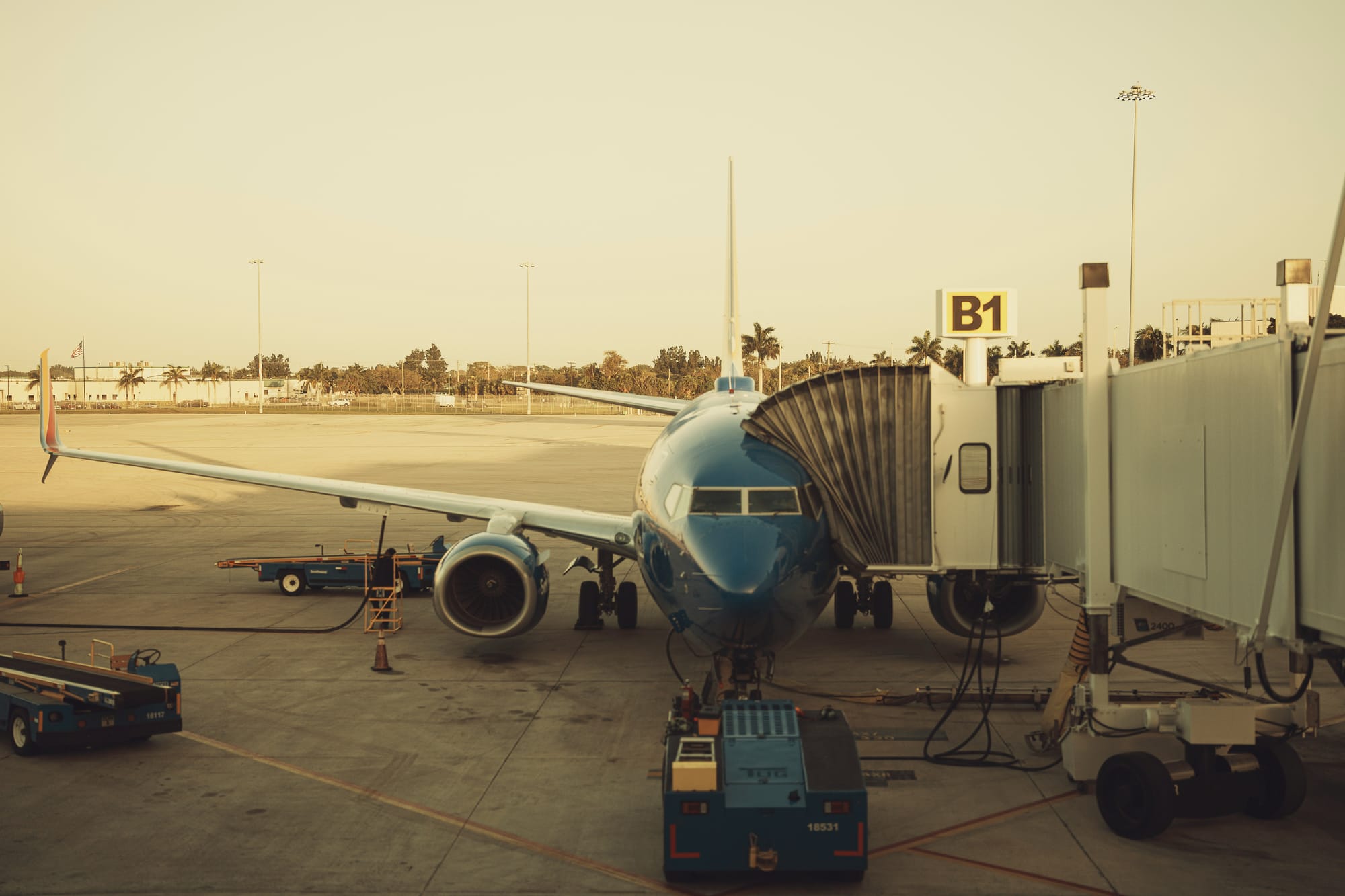
Safety is one of the primary reasons for standardizing the left-side boarding process. By consistently using the same side for passengers, the right side can be reserved for other critical operations such as refueling, baggage loading, and maintenance. This separation of duties minimizes the risk of accidents on the tarmac. For example, ground crew working with fuel trucks on the right side can operate without the added hazard of walking through passenger areas or near boarding gates, reducing potential risks of accidents or confusion.
Another factor that influenced left-side boarding is the pilot’s seat. In most commercial aircraft, the captain sits on the left side of the cockpit. When planes are maneuvering toward gates or parking stands, the captain has a better view of the terminal and jet bridge on their side, ensuring easier alignment with the boarding equipment. This setup allows for more precise parking, reducing the chances of a mismatch between the jet bridge and the door.
Consistency Across Airports and Aircraft
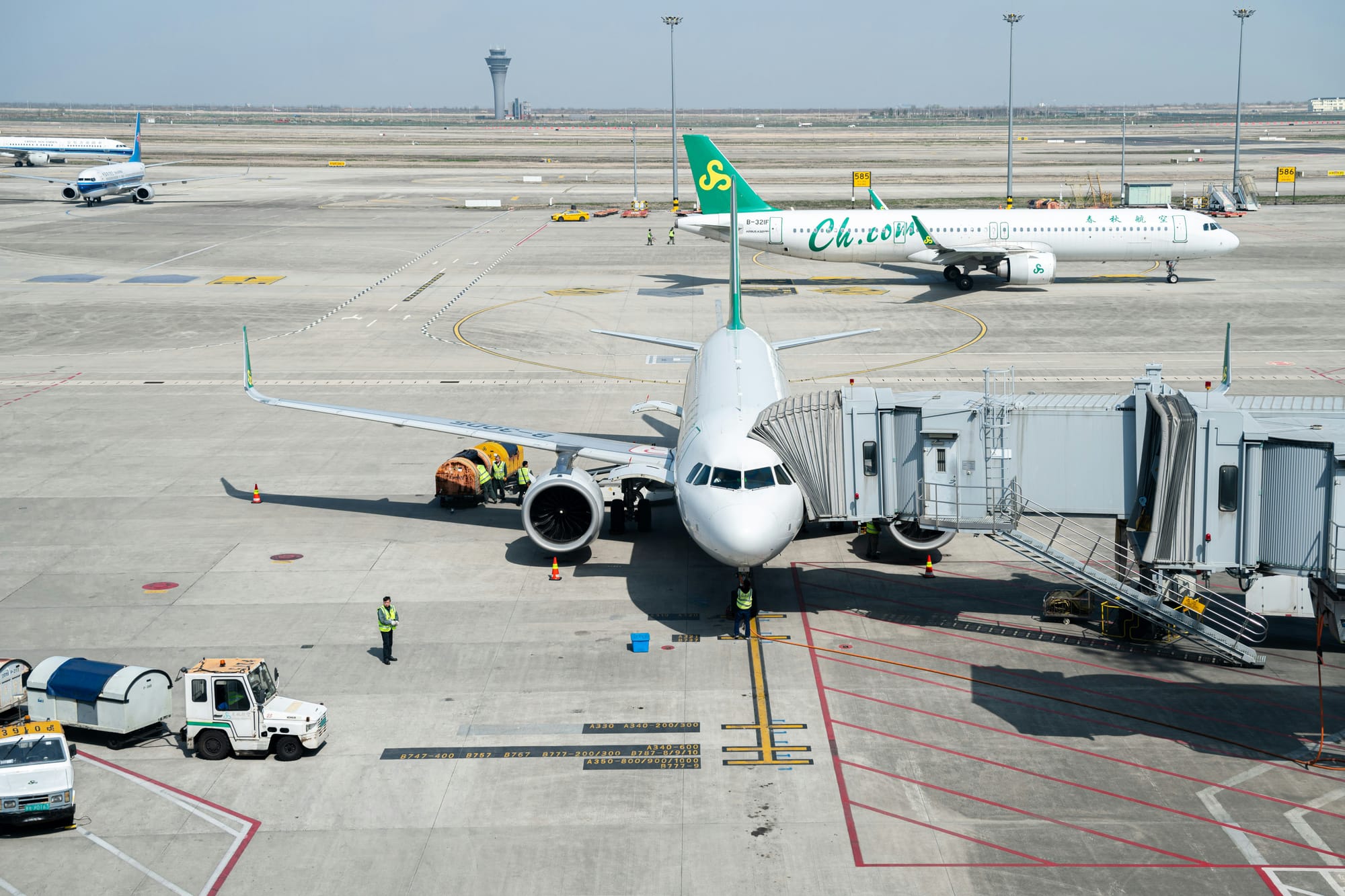
Modern airports handle thousands of flights every day, each from a variety of different airlines and aircraft models. Maintaining a standard boarding side ensures operational efficiency across the industry. From gate designs to ground crew routines, everything is optimized for this convention, streamlining the boarding process. Having a universal boarding side also means that jet bridges and mobile stairs can be designed for uniformity, reducing complications and potential delays.
Jet bridges are also an essential element of why left-side boarding persists. Airports around the world are designed to facilitate passenger movement as efficiently as possible, and jet bridges are a central part of this system. By maintaining a standard design where bridges are connected to the left side of planes, airports avoid the complexity of redesigning infrastructure to accommodate different boarding configurations.
Aviation authorities like the International Civil Aviation Organization (ICAO) and the Federal Aviation Administration (FAA) have standardized many aspects of commercial aviation, including the position of exits and boarding doors. These regulatory bodies ensure that manufacturers and airlines follow guidelines that prioritize safety and efficiency. As part of these regulations, left-side boarding has become a global norm, with most aircraft being designed accordingly.
Final Thoughts
Though boarding from the left side of an airplane might seem like a minor detail, it’s actually the result of centuries of tradition, safety considerations, and standardization efforts. From the influence of naval history to the need for operational efficiency at modern airports, this practice has evolved to ensure that air travel remains as safe and smooth as possible. Whether you're boarding a small regional jet or a massive international airliner, the familiar routine of stepping onto the plane from the left side is one of many unseen elements that make flying a well-oiled machine.
In aviation, consistency and safety are paramount. This simple act of left-side boarding is a small but crucial piece of the larger puzzle that keeps global air travel efficient and reliable. Next time you step onto an aircraft, you’ll know that the side you board from isn’t just a coincidence—it's a carefully thought-out part of the flying experience.


